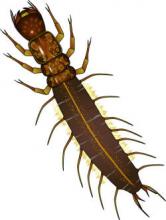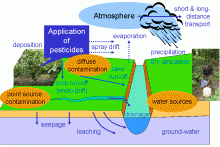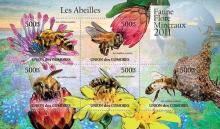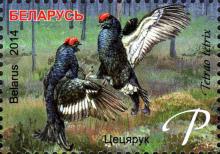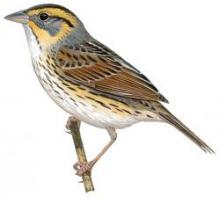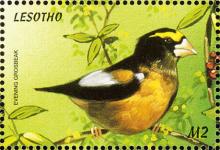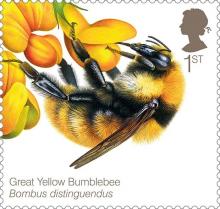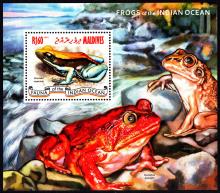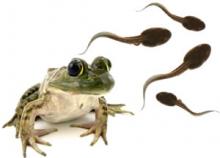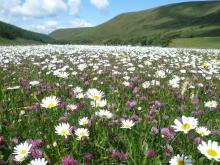Responses of benthic invertebrates to imidacloprid in outdoor stream mesocosms
Structural and functional responses of a benthic macroinvertebrate assemblage to pulses of the insecticide imidacloprid were assessed in outdoor stream mesocosms. Imidacloprid pulses reduced invertebrate abundance and community diversity in imidacloprid-dosed streams compared to control streams. These results correlated well with effects of imidacloprid on leaf litter decomposition and feeding rates of Pteronarcys comstocki, a stonefly, in artificial streams. Reductions in oxygen consumption of stoneflies exposed to imidacloprid were also observed in laboratory experiments.

